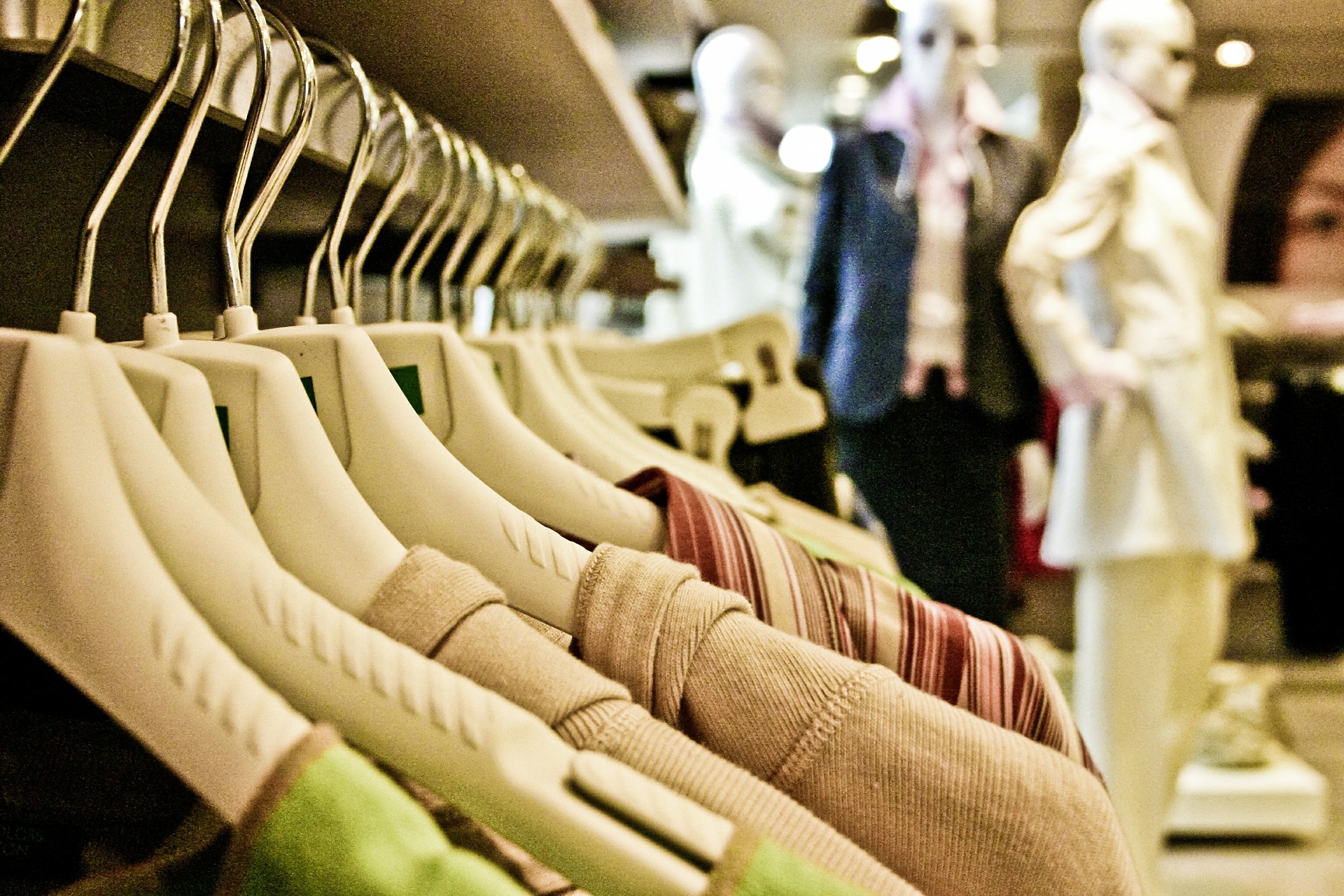Textile and Fashion Industry - "Fast Fashion"
Sustainable consumption is part of the UN-Sustainable Development Goal (SDG) number 12: do you think about where your clothes come from? Do you buy clothes because you feel like it or because you actually need them? Are there things you look out for when buying?
A Globalized Industry
Globalization has made the trade of goods highly interconnected around the world. Production is shifted to countries where it is particularly cheap to produce. The low costs in production come about, for example, because lower wages are paid in these countries or the social security contributions per employee are lower. This means that textiles can be offered to buyers in other parts of the world at a relatively low price while still maximizing profits for fashion companies.
However, this can have serious consequences for the environment and the population in the producing countries.
Our Consumption Behavior
The low prices of clothing influence our consumption behavior. This trend also bears the critical name "fast fashion".

"Fast fashion" means that very often new clothes are offered and heavily advertised. As a result, many people hardly wear the garments before they discard them again. For many, clothing is interchangeable and a disposable good. A kind of cycle is created because the low prices tempt people to buy more. Our consumer behavior in turn leads fashion companies to try to keep production costs as low as possible.
Problems of Suppliers
Fashion companies are under pressure to produce garments cheaply because if they can't sell the clothes as cheaply, they lose their customers.
They pass this pressure on to their suppliers, i.e. to those responsible for the foreign sewing factories. If they do not continue to produce the clothing as cheaply, they may no longer receive orders from the fashion companies. Under these circumstances, environmental and social standards are neglected.
The Environment bears the Costs
Environmental pollution in the cultivation of cotton is one example:
Pesticides (plant protection products)
Water consumption
Soil leaching
Water pollution (chemicals from the finishing process end up in waste water)
There are two types of production: 1) textiles/garments are made from cotton (natural product) and 2) artificial man-made fibers are produced in factories for this purpose. The production of man-made fibers consumes non-renewable resources, such as petroleum. The petroleum is used both as raw material and to generate process heat (the heat needed for production or certain production steps).
Textile Finishing
Textile finishing means changing the properties of the actual fabric. The textiles are dyed or impregnated or made easier to wash or iron.
Finishing is one of the industries that generates large amounts of wastewater. This water is highly contaminated with chemicals that are:
produced during the manufacturing process.
used in finishing.
Social Costs
More than 60 million people are employed in the textile and apparel industry. Many of them work in countries whose economies are highly dependent on the textile industry. Harsh working conditions often prevail.

Pesticides:
Large cotton monocultures are protected from pests by pesticides. Workers often come into contact with these pesticides since they are unprotected.
Working hours:
The working day of a seamstress lasts 10-12 hours. If they work overtime, they have to work up to 16 hours per day. Most of the time, they work every day of the week. Violations of nationally or internationally applicable labour laws almost always go without legal prosecution.
Freedom of association:
The freedom to join together as cotton producers or textile sewers unfortunately does not exist in all countries. In a labour union, both groups would have better opportunities to stand up for their rights. Also, in many cases, people do not know about their rights.
Wages:
Wages in the textile industry are so low that they are not sufficient for basic needs. This also applies to the legal minimum wages. Workers are often paid by pieces produced and not by the hour.
Occupational health and safety:
Occupational health and safety measures are also neglected in many textile factories. Although employees are exposed to chemicals, they are often not provided with sufficient education or adequate protective clothing. This can result in serious illnesses.
Workplace safety:
In addition to the lack of safety measures in handling toxic substances, there is often a lack of safety in the buildings where the seamstresses work. There have been collapses of large production facilities or fire victims due to inadequate escape routes.
Groundwater and soil:
The people in the countries where the clothes are produced suffer from the pollution of groundwater and soils. Thus, the environmentally harmful production methods affect all people living in these regions.
Can I do something?
Yes, there are many things you can do as an individual! You can, for example, talk to other people, your friends and family and tell them about the problems which "fast fashion" creates. Sharing your thoughts about the matter and exchanging tips on how to tackle "fast fashion" can be an important first step.
Think about other possibilities to contribute: